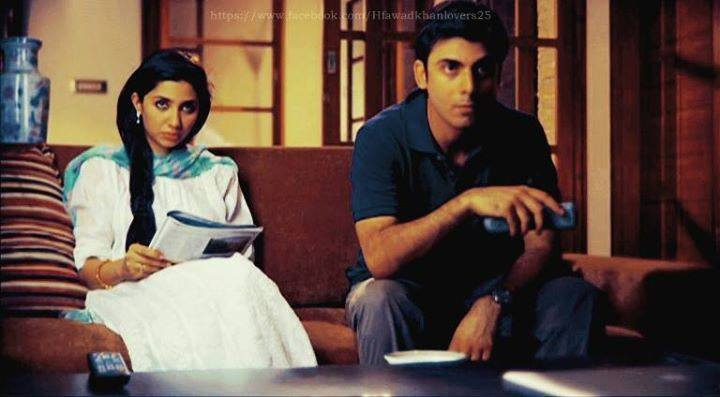Humsafar, a show that has provided an endless source of pop culture joy for the Urdu/Hindi speaking world, is coming up on its finale in two weeks. But what messages and impressions does it leave behind for its viewers after nineteen episodes?
Because the main characters are overwhelming female, the show presents its audience with an intimate look into the dynamics of female relationships and rivalries, focusing particularly on what motivates these behaviors.
Humsafar carries the clear message that a woman who selflessly devotes herself to her role as a mother is the one who is truly at peace. Pitted against each other are two mothers, Fareeda and Khirad, who could not be farther apart in their approach to parenting. Fareeda, Khirad’s mother-in-law, cares only for her own happiness, and Khirad only for her daughter’s. The show relies on the classic, admittedly cliché, set-up of the mother-in-law versus daughter-in-law as they battle it out for the affections of their shared man, Asher. In her efforts to remove Khirad from the picture, Fareeda neglects to consider her son’s happiness, instead giving priority to her own agenda, which is ultimately motivated by material gain.
Fareeda’s values on material gain are why Khirad is so bothersome for her. Khirad, much like her own mother, is honest, proud, courageous and not tempted by wealth or power. Unlike her character foil, Fareeda, Khirad remains uninterested in Asher’s wealth or the luxurious lifestyle a marriage to him offers. Her interest in him fell away with what was in her mind, his own betrayal with his refusal to stand up for her honor. She finds satisfaction with a self-reliant and less glamorous life in Hyderabad. Fareeda, on the other hand, pits her entire existence on the financial success of her son and their extravagant lifestyle, and thus is unwilling to share that lifestyle with one who cares for it so little.
Apart from serving up characters who represent both flawless and deeply flawed examples of motherhood and womanhood, Humsafar also seems to suggest that women, to some degree, are inherently irrational creatures. Sarah, another one of Khirad’s enemies, drives home this message that pure emotion, not tempered by reason, motivates some females. (In fact, some critics describe the series as “crazy” itself, in reference to the outlandish nature of Fareeda and Sarah, and also to the sudden and drastic plot advancements.) Sarah’s unrelenting resolve to have Khirad’s husband for herself is at once thrilling and exasperating. When Sarah cuts her wrists after Asher and Khirad’s nikkah, the action was meant to prove to the audience how intense her efforts were about to become. The viewer quickly learns that she is mentally unstable, capable of taking her own life or someone else’s. Indeed, she uses suicide almost as a threat, a fishing pole with which to reel Asher closer to her. But what sets off this instability? – Nothing other than being denied Asher. An unhealthy fixation with a man is all that seems to guide her eccentric behavior.
Sarah’s infatuation with Asher can perhaps only be matched by the viewer’s obsession with the show, and it is an understatement to say that Pakistanis are obsessed with Humsafar. The show has built an international network of Humsafar fans that communicate via social media, who in real time discuss their love for Khirad and frustration at Fareeda and Sarah. In this way, fans are building a conversation about the characters, the stereotypes they present, and the ideals of womanhood and motherhood portrayed on the show. In addition, Humsafar has also spawned a revival of the love affair with Pakistani drama serials. Shows like Maat have enjoyed a rise in popularity as a result of viewers who are anxiously searching for a replacement for the soon ending Humsafar. And though the show is coming to a close, Humsafar intends to go out with a bang.
Photo Credit: junaidrao
Hafsa Arain was born in Karachi, Pakistan, and raised outside of Chicago. A graduate of DePaul University with a degree in English literature and religious studies, she is a creative nonfiction writer and interfaith activist. First published at age nineteen, her work has been featured on The Washington Post, CoLab Radio at MIT, among other places.




